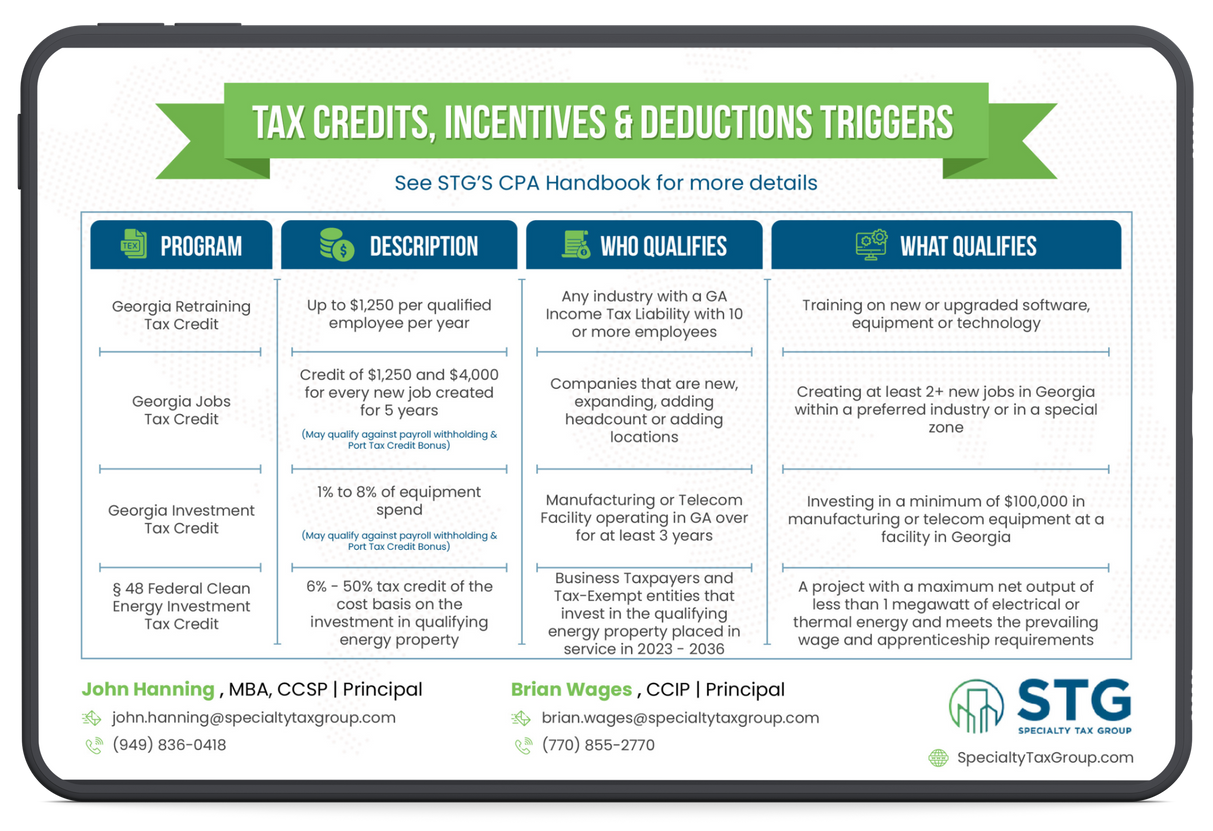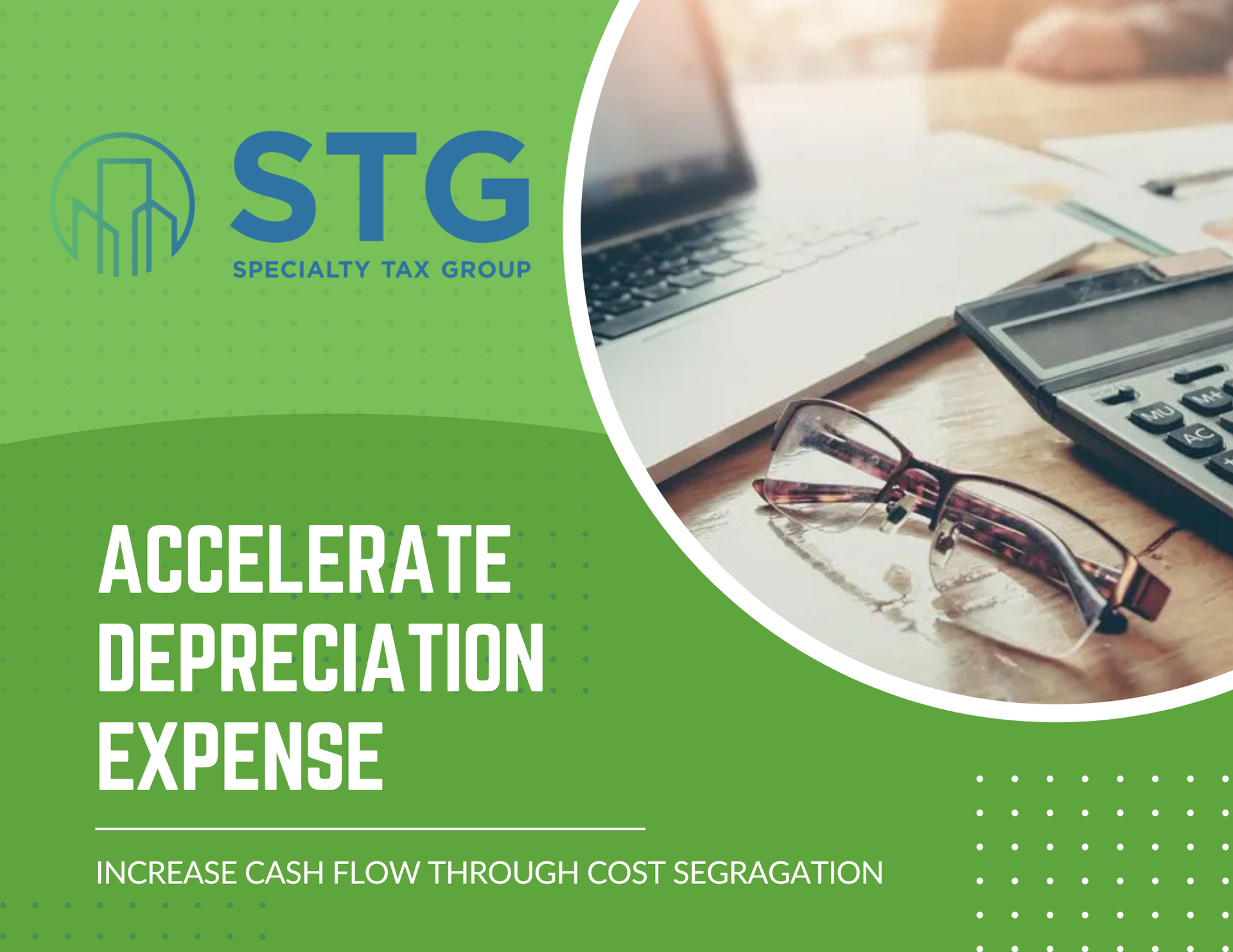This blog post has been researched, edited, and approved by John Hanning and Brian Wages. Join our newsletter below.
Lessons in Cost Segregation from the Peco Foods Case

In 2012, the result of the Peco Foods case showed the importance of carefully planning and going through the details when creating purchase price contracts. It also showed the importance of how cost segregation studies should be used.
The 2012 Peco Foods v. IRS Commissioner case impacted the cost segregation industry and tax professionals. Peco Foods, Inc., located in Alabama, was the 13th largest poultry company in the United States at the time. The case involved Peco Foods having issues related to a purchase price agreement and cost segregation study.
The Background of Peco Foods Inc. & Subsidiaries v. Commissioner of Internal Revenue
In the 1990s, Peco Foods Inc. acquired two processing plants in two separate asset acquisitions. In this transaction, all assets were required to be broken down in accordance with Internal Revenue Code Section 1060. The agreement included detailed schedules on price allocation among the individual assets between the two subsidiaries. The contract included that acquired assets would be “for all purposes (including financial accounting and tax purposes),” which was agreed upon by both parties.
Peco Foods Inc. performed a cost segregation study that subdivided the assets and assigned different tax lives to the assets. The most significant change in the cost segregation study was the change of the assets described as buildings from realty to equipment. The change came because the original building had held equipment that the original agreement had not separately allocated. Peco Foods requested a change in accounting method and submitted amended returns that would have resulted in a depreciation expense of over $5 million.
The IRS argued the original asset allocation was clear, and ultimately the matter ended up in tax court. The court determined that the taxpayer, Peco Foods, could not modify a previously agreed upon purchase price allocations by using cost segregation studies to reallocate and subdivide assets into subcomponents for tax depreciation purposes. The decision essentially concluded that once an allocation is finalized in a written agreement, the parties are bound by it.
How the Decision Affected Cost Segregation Today
Companies investing or planning on investing in cost segregation studies should do so before an asset allocation agreement between the buyer and seller is finalized. A cost segregation study can ensure the correct allocations are made and worked into the working contract in a fair agreement. Because the purchase documents, when drafted, would be carefully reviewed in the definitions and descriptions, it minimizes the chance of any disputes.
Cost segregation studies are not always available to be performed before the final purchase is agreed upon, and the law allows a certain period for companies to perform cost segregation to minimize their tax burden. If cost segregation is performed after the transaction, purchasers must carefully consider the descriptions and definitions. Replacing verbiage and carefully describing property and assets to account for the different tax depreciation of such assets.
The case of Peco Foods v. Commissioner of Internal Revenue highlights significant traps and missteps that can provide substantial tax consequences that could have been avoided. Companies purchasing should carefully review how agreements are worded and how assets are defined and allocated. Contracts should always avoid broad language and should include detailed descriptions of assets. Cost segregation should always be considered early in the purchase stages to help purchasers receive tax opportunities, and sellers receive the tax advantages of the sales.
2024 Tax Guide





